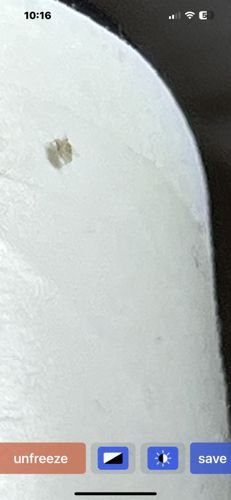Booklouse / Psocid
Scientific Name: Various species, e.g., Liposcelis spp. (a common genus for indoor species)
Order & Family: Order: Psocoptera (or Psocodea); Family: Varies, often Liposcelididae for common indoor species.
Size: Typically 1-2 mm, though some species can be up to 10 mm.

Natural Habitat
Damp, humid environments both indoors and outdoors. Indoors, they prefer areas with high moisture such as bathrooms, basements, kitchens, and in stored goods like books, paper, and food products. Outdoors, they can be found under bark, in leaf litter, and in bird nests.
Diet & Feeding
Mainly mold, fungi, starch products, bookbindings, wallpaper paste, cereal products, dead insects, and other organic detritus.
Behavior Patterns
Psocids are mostly scavenging insects, feeding on mold, fungi, and microscopic plant matter. They often thrive in humid environments. They are generally active, but some species can jump. Indoors, they are commonly found in books, stored foods, and other areas where mold or high humidity is present. They undergo simple metamorphosis (egg, nymph, adult).
Risks & Benefits
Generally considered a nuisance pest indoors. They do not bite humans, transmit diseases, or cause structural damage. However, large infestations can contaminate food products and damage paper goods (books, documents) by feeding on the glues and starches. They rarely offer significant benefits to humans, though some outdoor species are part of the decomposer community.
Identified on: 9/2/2025